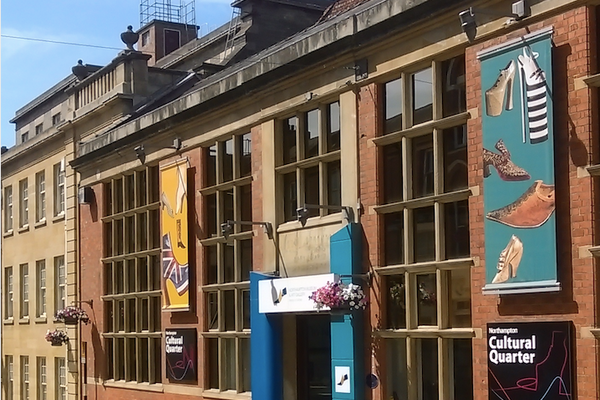About
In the tiny village of Conche, on the remote eastern shores of Newfoundland’s Great Northern Peninsula, a former nursing station houses this small museum about the history of this corner of the island. Harpoons, nets, lanterns, and other objects accompany photographs and descriptions of the inshore fishery, tales of self-reliance in harsh conditions, and the process of salting cod for export around the world. Especially poignant are the glimpses of daily life.
One display, “Passing the Time,” includes black-and-white photos of people step-dancing at a kitchen party, with quotes about the warmth of community in “outport” villages, unconnected by road to the outside world. “In the old days, you’d go out and around visiting. Everyone would sit around and have a real sing,” reads one quote. Other sections focus on hard times, dealing with isolation and extreme weather conditions. Accessing medical care sometimes took several days by dog team or boat, and villagers had to make everything themselves, from shelter to clothing. “She’d be up till 3 o’clock in the morning spinning,” according to one man’s recollections, featured in the display. “And she’d be up again at daylight in the morning. Yes, sir.
The center’s main attraction takes up a whole section of the building: the 227-foot French Shore Tapestry. Three years in the making and inspired by the 900-year-old Bayeux Tapestry in Normandy, French artist Jean Claude Roy drew the design, which was then put onto cloth by about a dozen local embroiderers. Walking its length is a stroll through the millennia-old story of this area of western Newfoundland, from the lives of the Indigenous Mi’kmaq people to the arrival of Vikings and other Europeans. Panels tell local tales, both playful and tragic, and depict turning points in history, from Newfoundland joining Canada in 1949 to the 1992 cod moratorium, which transformed life on the island.
Related Tags
Know Before You Go
Getting to Conche is a bit of a journey. Driving the Viking Trail (Provincial Highway 430), turn east along Provincial Highway 430, and look for signs for Conche as you near Roddickton. While the museum has regular hours, you’re best to call ahead to make sure they’re open, before making the drive.
Published
November 29, 2021























